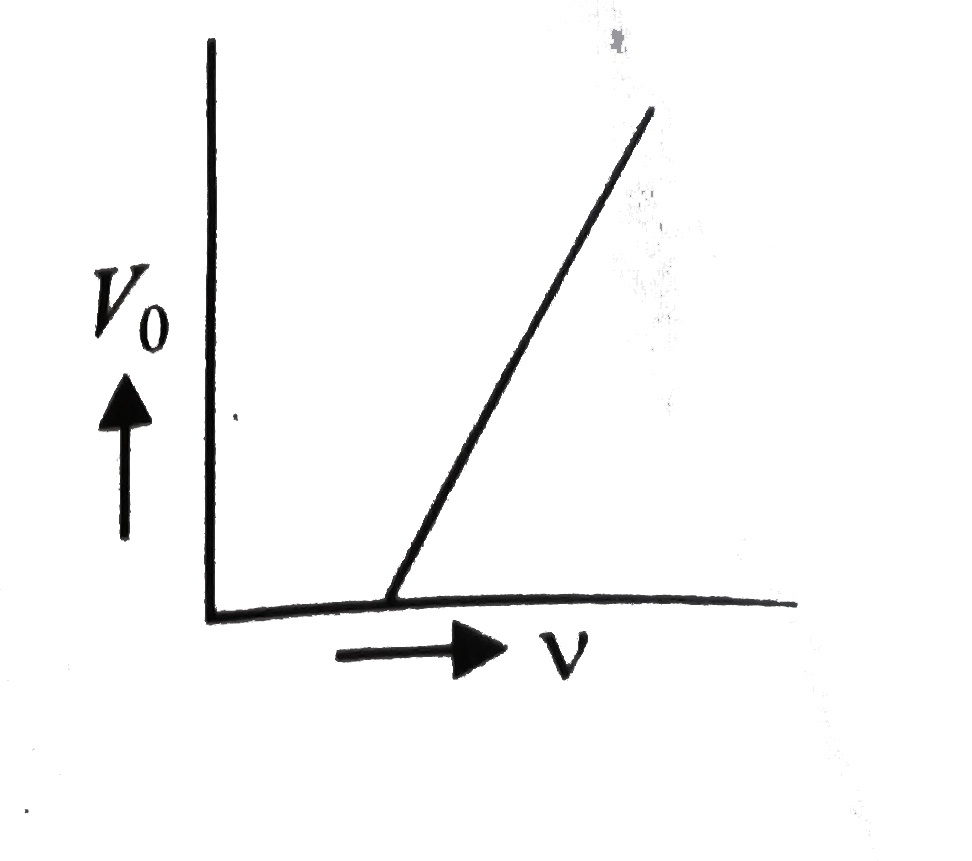A
B
C
D
Text Solution
Verified by Experts
The correct Answer is:
|
Topper's Solved these Questions
ATOMIC STRUCTURE
CENGAGE CHEMISTRY ENGLISH|Exercise Exercises Multiple Correct|45 VideosView PlaylistATOMIC STRUCTURE
CENGAGE CHEMISTRY ENGLISH|Exercise Exercises Single Correct|127 VideosView PlaylistATOMIC STRUCTURE
CENGAGE CHEMISTRY ENGLISH|Exercise Exercises (Subjective)|52 VideosView PlaylistAPPENDIX - INORGANIC VOLUME 1
CENGAGE CHEMISTRY ENGLISH|Exercise chapter-7 Single correct answer|1 VideosView PlaylistCHEMICAL BONDING AND MOLECULAR STRUCTURE
CENGAGE CHEMISTRY ENGLISH|Exercise Archives Subjective|15 VideosView Playlist
CENGAGE CHEMISTRY ENGLISH-ATOMIC STRUCTURE-Exercises Linked Comprehension
- The sequence of filling electron in sub-shells of element with few ex...
01:48
|
Play - The sepence of filling electgron in sub-shells of element with few ex...
01:48
|
Play - The only element in the hydrogen atom resides under ordinary conditi...
03:00
|
Play - The only element in the hydrogen atom resides under ordinary conditi...
01:28
|
Play - The only element in the hydrogen atom resides under ordinary conditi...
02:57
|
Play - The only element in the hydrogen atom resides under ordinary conditi...
03:07
|
Play - The shape of orbitals are related to the ratio of principal quantum ...
01:42
|
Play - The shape of orbitals are related to the ratio of principal quantum ...
01:02
|
Play - The shape of orbitals are related to the ratio of principal quantum ...
01:02
|
Play - The shape of orbitals are related to the ratio of principal quantum ...
03:13
|
Play - The shape of orbitals are related to the ratio of principal quantum ...
03:12
|
Play - The emission of electrons from a metal surface exposed rto light r...
04:43
|
Playing Now - The emission of electrons from a metal surface exposed rto light r...
01:56
|
Play - The emission of electrons from a metal surface exposed rto light r...
01:04
|
Play - The emission of electrons from a metal surface exposed rto light r...
01:49
|
Play - The emission of electrons from a metal surface exposed rto light r...
03:10
|
Play - It is tempting to think that all possible transition are permissible a...
01:44
|
Play - It is teming to think that all possible transituion are permissible an...
01:44
|
Play - The energy of state s(1) in units of the hydrogen atom ground state...
04:12
|
Play - The hydrogen -like species Li^(2+) is in a spherically symmetric stat...
02:38
|
Play
